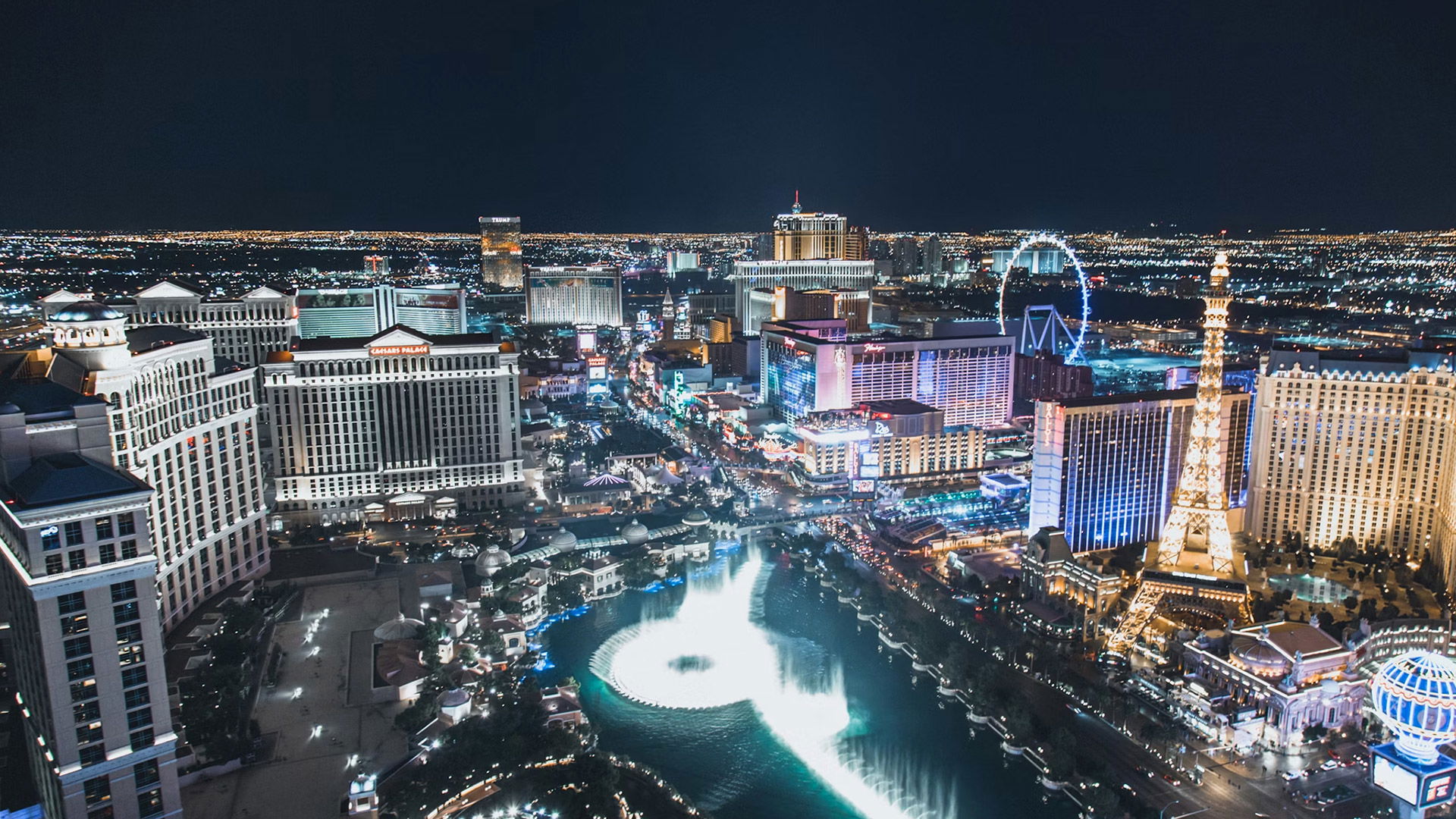
Nevada’s gaming industry experienced a setback in July 2024, with gross gaming revenue (GGR) falling to $1.3 billion, a 7% decline compared to the same month last year. This dip, particularly notable on the Las Vegas Strip, has raised concerns among analysts about a potential slowdown in consumer spending on gaming and leisure activities.
The Las Vegas Strip, the epicenter of the U.S. gaming industry, saw its GGR plummet by 15% in July, the first month-over-month decline in four months. This downturn has led some industry experts to adopt a more cautious outlook on domestic leisure travel demand.
Macquarie analyst Chad Beynon highlighted the challenging comparison for Strip operators, noting that July 2024 had two fewer weekend days compared to the previous year.
This factor contributed to a 4% decrease in revenue per available room (RevPAR), a key metric for casino operators. Despite the overall positive outlook for non-gaming activities in Las Vegas, Beynon expressed concerns about slowing leisure travel demand, which could lead to increased competition and pressure on profit margins.
“We remain positive on the nongaming outlook in Vegas given strong group travel and events calendar, but we are becoming more cautious on slowing leisure travel demand, which could lead to a more competitive promotional environment and hurt Vegas margins,” Beynon stated in a report to clients.
Beynon maintained his “outperform” ratings for MGM Resorts International and Caesars Entertainment, the two largest operators on the Strip, while keeping his $52 price targets for both gaming stocks. However, the 4% drop in RevPAR was largely driven by declines at lower-end Strip properties, raising concerns about the potential impact on midtier casinos.
This decline poses a risk for middle-class consumers who often stay at mid-tier resorts, many of which are operated by MGM and Caesars. While both companies have high-end properties, they also manage venues such as Excalibur, Luxor, Flamingo, and Harrah’s, which could be vulnerable if middle-income consumers reduce their spending on gaming and travel.
Beynon noted that while table and slot volumes are expected to rebound in August, the overall GGR for the Strip in 2024 is now projected to decline by around 2%, with the second half of the year facing tougher comparisons.
In addition to these challenges, broader economic factors could further impact Nevada’s gaming industry. The state, tied with California for the highest unemployment rate in the country, may see a decline in gaming revenue from locals. California’s elevated jobless rate and high gas prices could also discourage visitation from one of Nevada’s key markets, as the state accounts for about 20% of Las Vegas’s tourism.
Despite inflation cooling in recent months, which has provided some hope for the gaming industry’s resilience, there are signs that the land-based gaming sector may face continued challenges. Regional markets have shown softness, particularly among lower-rated players who have cut back on spending.
Original article: https://www.yogonet.com/international/noticias/2024/08/30/77103-nevada-39s-july-gaming-revenue-decline-signals-potential-consumer-pullback














